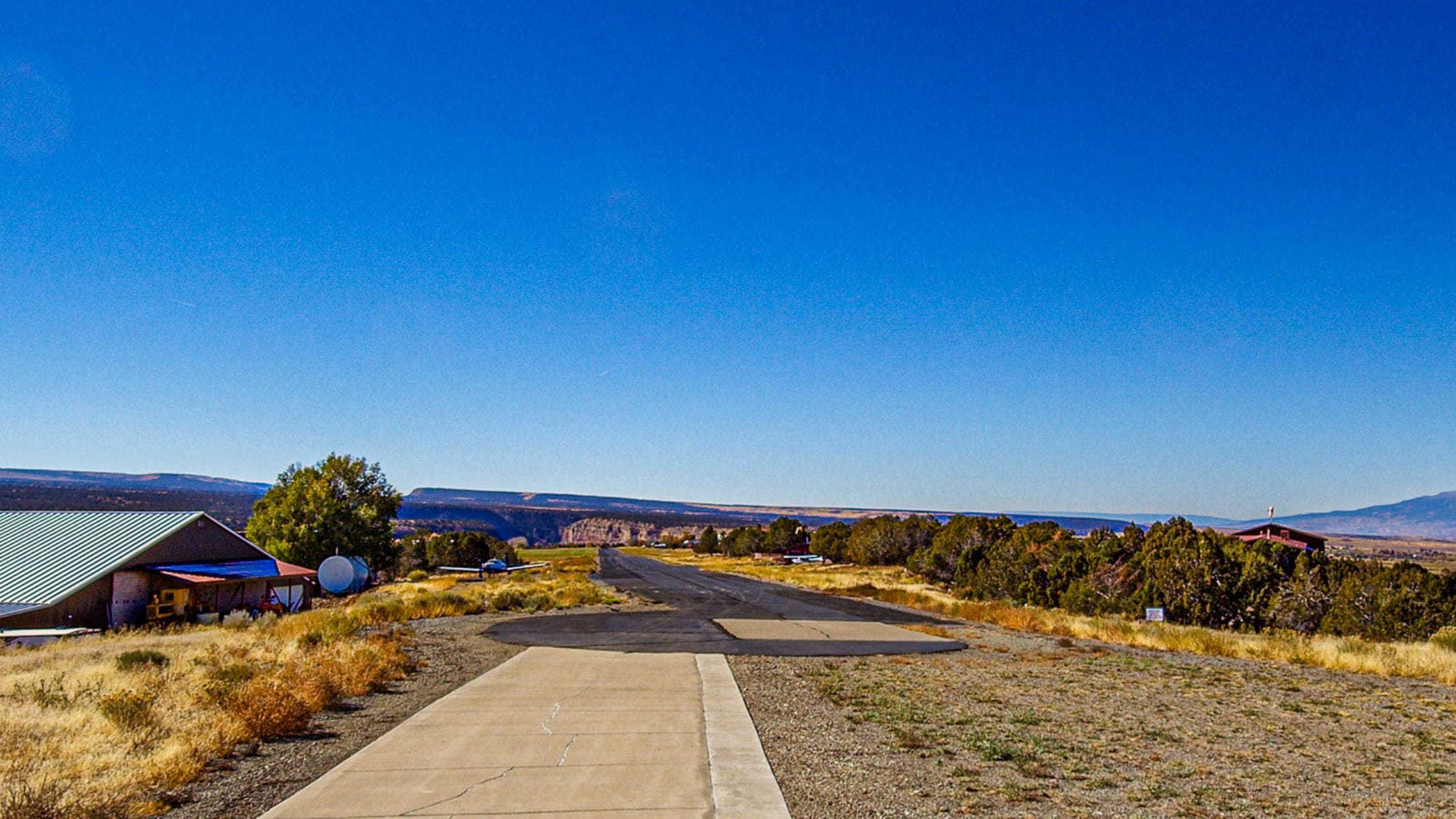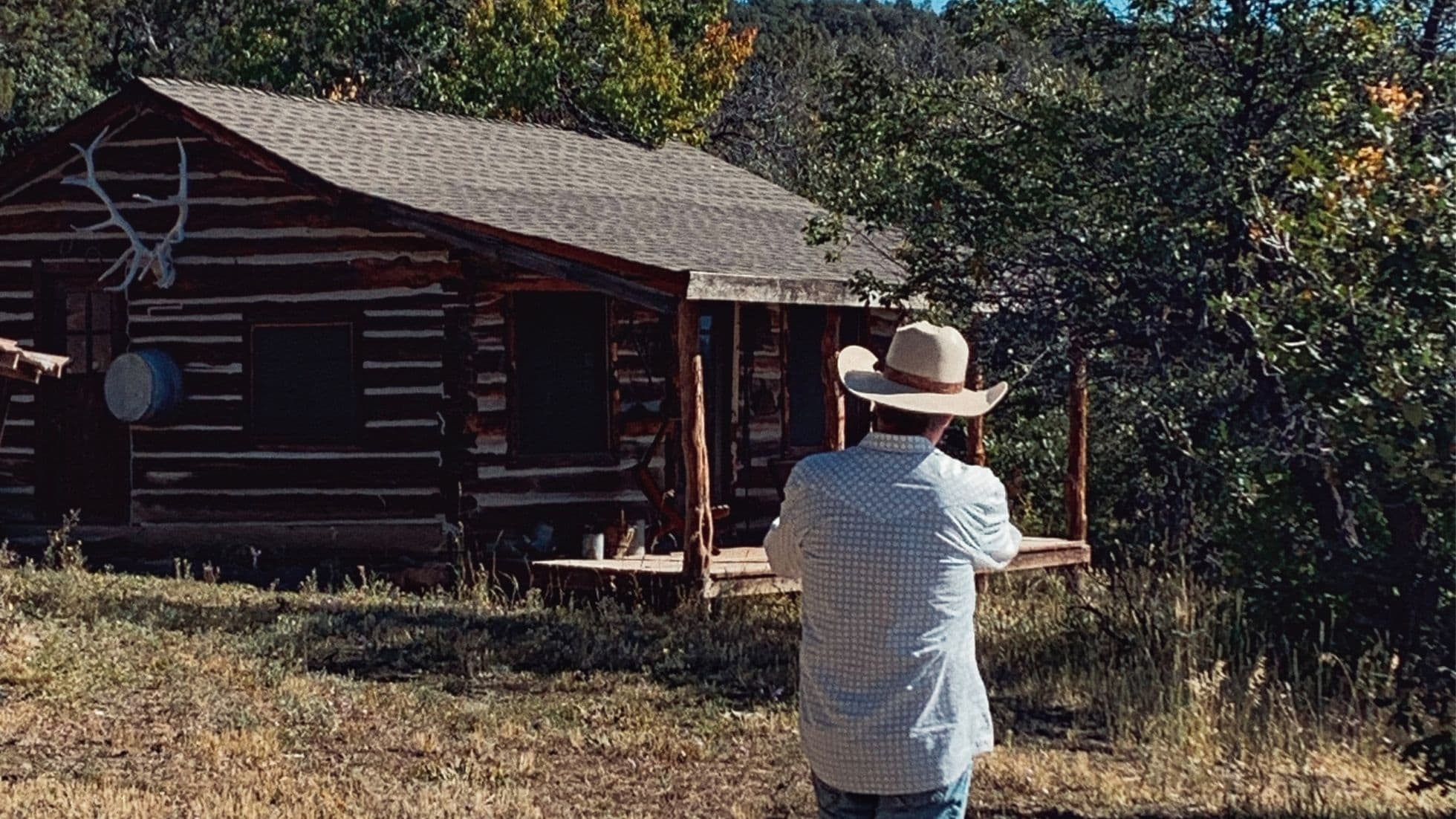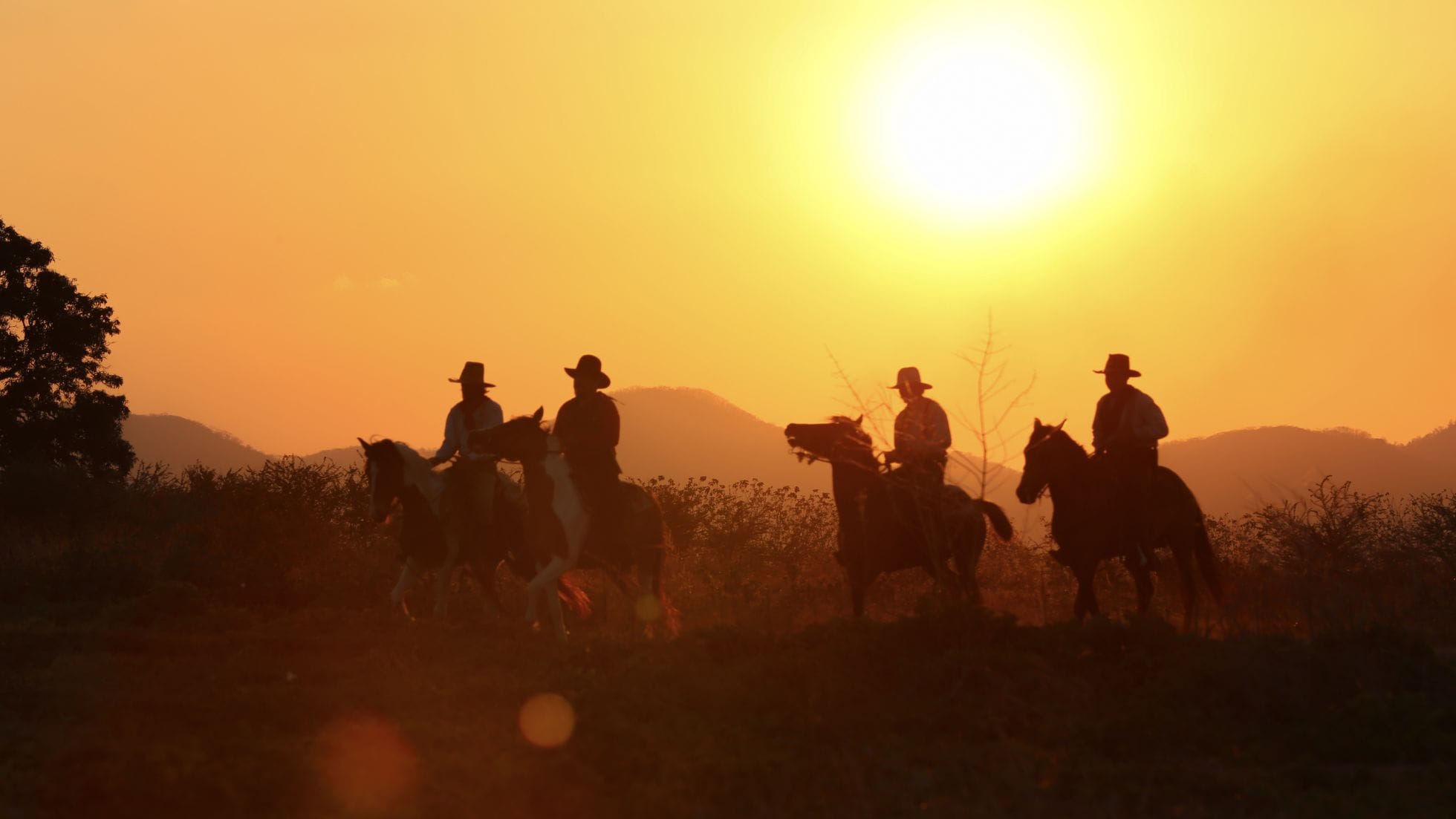With roughly 3,100 residents and 11.4 square miles, Orchard City is the second largest municipality in Delta County, Colorado, but this wasn’t always the case. Many Delta County dwellers still recognize the area as the three smaller, older towns of Austin, Eckert, and Cory. For many years, these three towns existed separately, but issues with economies and water eventually prompted the merge.
Most people who have lived in Delta County for a while are familiar with Orchard City and its towns, but outsiders looking at Delta County real estate may be met with confusion. As local real estate agents, we frequently get questions like, “Where is this property actually located?” “Is Cory the same as Orchard City?” “Is Austin its own town?” To clear things up, let’s explore the history of Orchard City.
The Beginnings of Austin, Eckert, and Cory
In the 1900s, Austin, Eckert, Cory, and Cedaredge, Colorado were all thriving agricultural communities with booming economies. This success was thanks in part to the railroad station in Austin, which helped transport crops and people, paving way for the opening of a canning factory, general merchandise stores, a bank, a drugstore, a pool hall, a cement block factory, and other local businesses. In addition to the railroad, Austin had other attractive benefits, like an icehouse for fruit preservation, its proximity to the Gunnison River, and a natural carbon dioxide spring that people could leverage to keep fruit fresh during shipment.
Everyone expected Austin to grow and carry the adjacent communities with it, but only Cedaredge was carrying its weight. Eckert had no commercial economy, and Cory only had a general store and a post office. At this point, neither Austin, Eckert, nor Cory were official towns.
In 1910, however, the region was hit by typhoid or diphtheria, threatening the booming economy and growth plans. People attributed the spreading to drinking untreated ditch water. As a result, Austin and Cedaredge banded together to build a domestic water pipeline to transport cleaner mountain water to the area from the Grand Mesa.
The Start of Orchard City
To bond the pipeline project, Austin needed to incorporate as a town, but the process halted when Austin didn’t have enough property value. However, farmers, ranchers, and families needed clean water, so they devised another plan.
In 1912, a group of ranchers published a legal notice in the Austin Journal regarding an election to incorporate a new town, Orchard City. The new town’s area would span from the Gunnison River, up Alfalfa Run, and north to Kaiser Road. On May 11, 1912, voters officially made Orchard City town. The problem, however, which they soon found out, was that the new town of Orchard City didn’t have enough property value to qualify for the bond either.
While Cedaredge paid for and completed its portion of the pipeline, residents of Austin and Orchard City were desperate to get clean water to their homes. In 1915, Austin finally agreed to join Orchard City. It obtained a $50,000 bond to complete the pipeline.
Soon, Eckert and Cory wanted clean water, so both municipalities bargained with Orchard City to tap off the pipeline. Orchard City agreed under the condition that Eckert and Cory join the town.
Unfortunately, it was discovered in the 1980s that the annexation of Eckert and Cory was never made official. Orchard City spent thousands of dollars to fix the mistake and properly combine the three towns.
The Evolution into Orchard City Today
Today, Orchard City is the official town, but Austin, Eckert, and Cory still have distinct traits, communities, and even zip codes. If you’re thinking about moving to Western Colorado and beautiful, orchard-filled Orchard City is on your radar, you should take a look at each community to get a feel for which one you like best.


